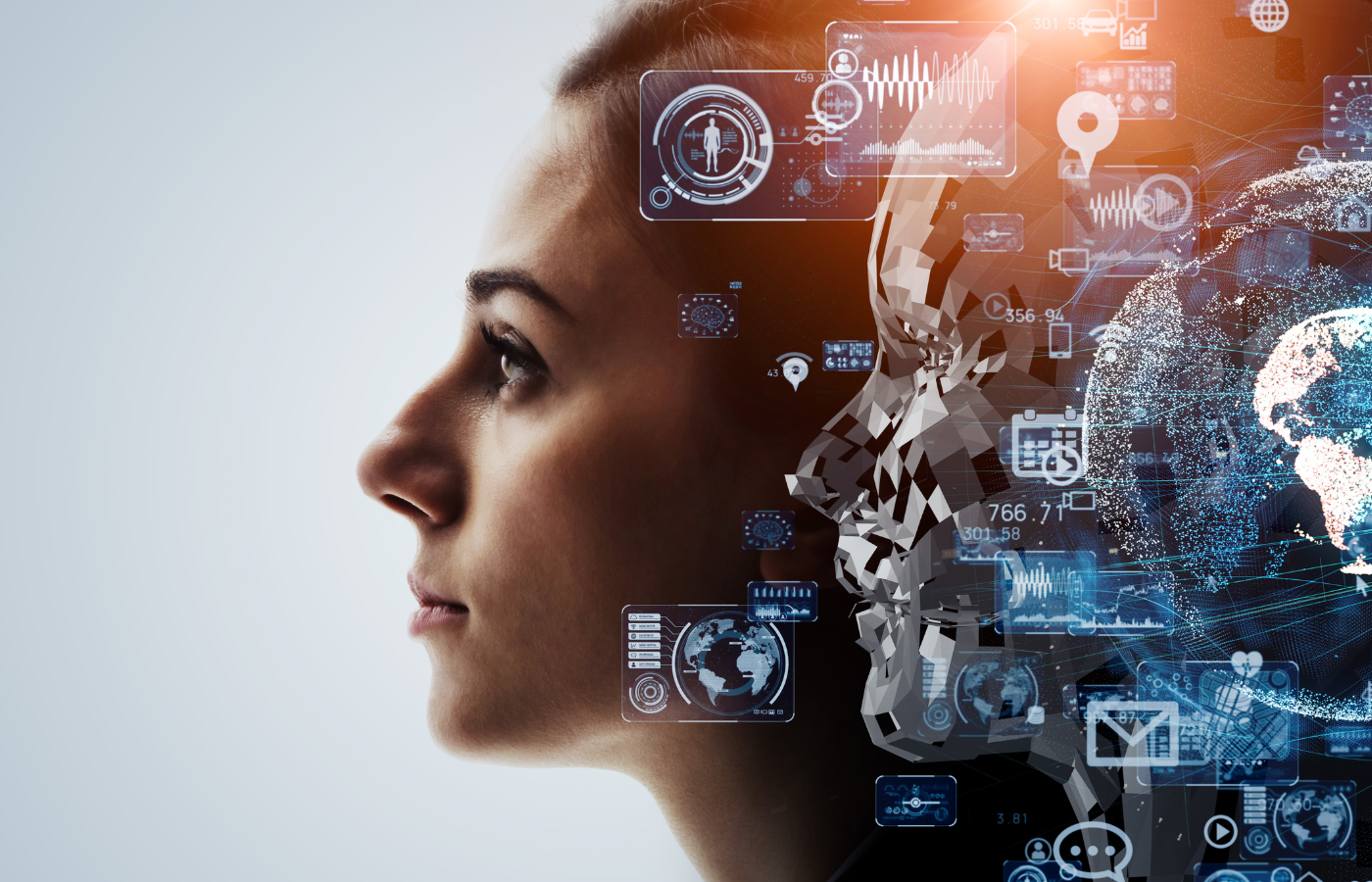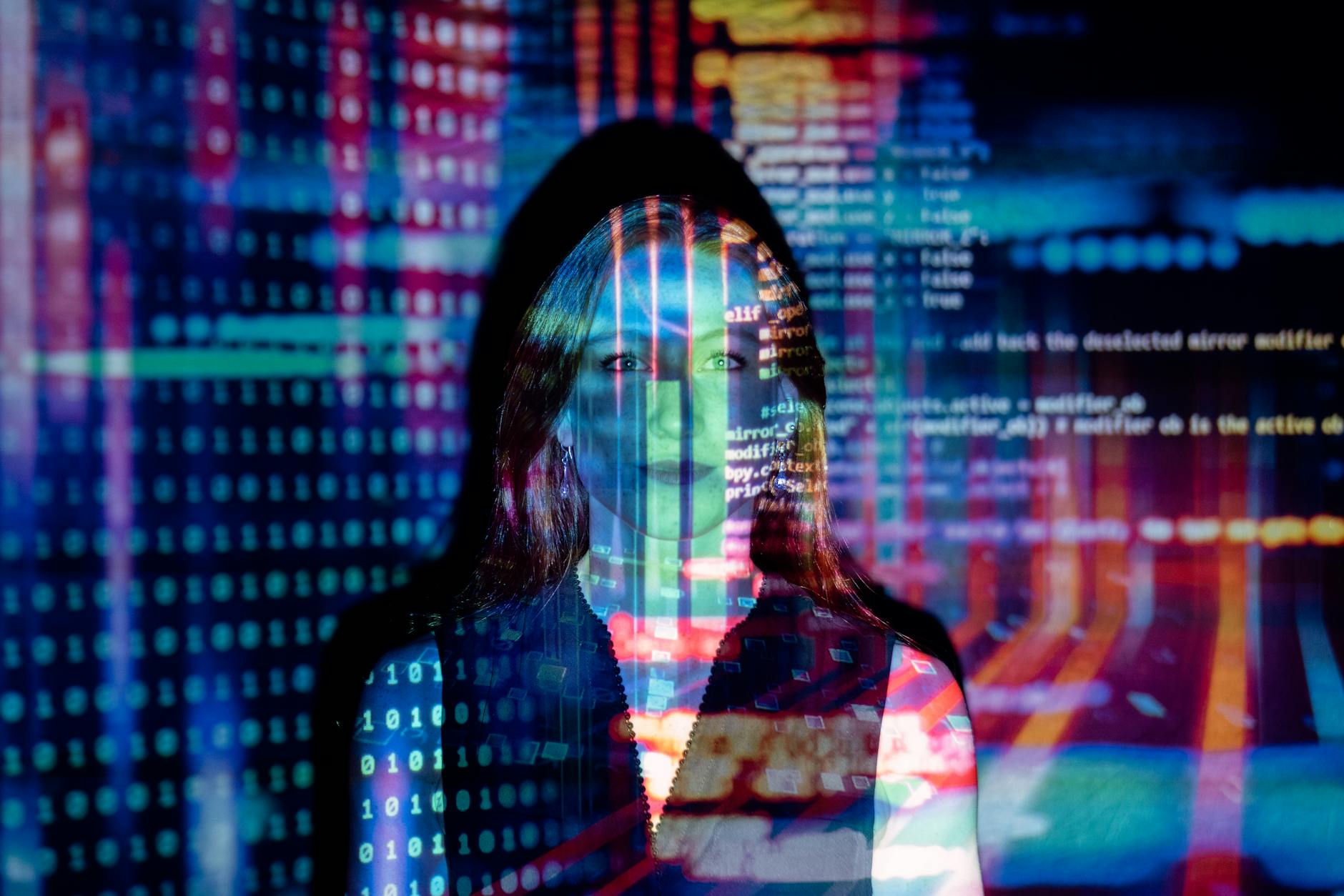Generative AI is reshaping content creation, making it faster, more efficient, and highly personalized. By leveraging advanced algorithms and machine learning, generative AI enables creators to produce diverse content types—from text and images to audio and video—at an unprecedented pace and scale. Here’s how AI for content creation is evolving, enhancing creativity, and transforming industries worldwide.

1. The Rise of Generative AI in Content Creation
Generative AI for content creation represents a major leap in how brands, creators, and businesses approach content. By employing natural language processing (NLP) and deep learning models like GPT, AI tools are now capable of creating text that resembles human writing and adapting styles and tones. This evolution is setting new standards for efficiency, creativity, and personalization in content.
Generative AI has practical applications across multiple sectors, enabling businesses to produce content that resonates with target audiences while optimizing time and resources.
2. AI-Generated Text: Enhancing Written Content with Speed and Precision
Text generation was one of the first areas revolutionized by AI. Platforms like ChatGPT, Jasper, and Copy.ai make AI-generated content easy to create, whether for blog posts, product descriptions, or social media.
Advantages of AI-Generated Text:
- Speed and Efficiency: AI creates high-quality, grammatically accurate text in seconds, helping writers focus on strategy and creativity rather than drafting and editing.
- Personalization at Scale: By analyzing user data, AI for content creation can craft personalized messages for diverse audience segments, increasing engagement.
- Creative Assistance: AI-generated content can help overcome writer’s block by generating ideas or initial drafts, allowing writers to refine content rather than start from scratch.
Generative AI has transformed content marketing by allowing brands to produce a larger volume of tailored content efficiently, helping them maintain relevance and engagement across digital platforms.
3. AI-Generated Images and Visuals: A Revolution in Graphic Design
Beyond text, AI-generated images have redefined how we approach graphic design and visual content. Tools like DALL-E, Midjourney, and Stable Diffusion allow users to create unique, high-quality visuals from textual descriptions, making it possible for brands to develop tailored visuals with ease.
Benefits of AI in Visual Content Creation:
- Reduced Time and Costs: AI-generated visuals are a cost-effective solution for companies without dedicated design teams, enabling them to produce visuals for websites, ads, and social media.
- Unlimited Creative Potential: Designers can experiment with new ideas quickly, using AI to explore different styles and concepts.
- Personalized Marketing Visuals: By analyzing audience preferences, AI-generated images can be customized to align with consumer tastes, enabling hyper-targeted visual content.
AI-generated visuals are changing how we approach social media content and branding, allowing businesses to produce on-brand images that captivate their audience.
4. AI-Generated Audio: Voiceovers and Music Composition Made Easy
Generative AI is making significant strides in audio content creation, from voiceovers to music. Tools like Descript and JukeBox by OpenAI are capable of generating voiceovers and original music compositions, offering a new level of flexibility for content creators.
Applications of AI-Generated Audio Content:
- Customizable Voiceovers: AI voiceovers allow for multilingual content, making video and audio accessible to wider audiences without needing multiple voice actors.
- Automated Music Composition: AI can create background music for videos, podcasts, and ads, enabling creators to develop unique audio experiences.
- Dynamic Audio in Gaming and VR: AI-generated audio allows for adaptive soundscapes that respond to user actions, enhancing immersive experiences.
For podcasters and video creators, AI for audio content creation is a valuable tool that can reduce costs and streamline production.
5. AI-Generated Video Content and Deepfake Technology
Generative AI in video content creation has opened new possibilities for dynamic storytelling. Tools like Runway, Synthesia, and DeepBrain allow users to produce videos based on scripts, complete with realistic avatars that can speak in multiple languages. This breakthrough technology has far-reaching implications for industries like education, marketing, and entertainment.
Impacts of AI-Generated Video Content:
- Efficient Video Production: AI allows companies to create marketing videos and tutorials without a full production team, making video content more accessible.
- Personalized Interactive Content: AI-generated avatars offer a personalized video experience, enhancing customer engagement.
- Training and Simulations: AI-generated video is widely used in training simulations, where realistic avatars can demonstrate procedures or answer questions.
Deepfake Technology: Deepfakes are AI-generated videos that superimpose faces or voices onto existing content, often used in marketing and entertainment. While they offer innovative storytelling options, deepfakes also raise ethical questions regarding privacy and misinformation. Responsible use and regulation are essential for integrating this technology effectively.
Ethical and Practical Considerations in AI-Generated Content
While AI-generated content opens exciting opportunities, it also brings challenges and ethical considerations.
- Misinformation and Deepfake Risks: The potential misuse of AI for creating fake content poses challenges. Ensuring transparency and authenticity in AI content is critical to prevent misinformation.
- Copyright and Ownership: The ownership of AI-generated works is a complex issue, especially with content closely resembling existing art. Determining copyright protection for AI-generated content is a challenge yet to be fully resolved.
- Bias and Fair Representation: AI models can replicate societal biases present in training data, sometimes leading to unintentional bias in content. Ensuring fair representation in AI-generated content requires thoughtful data management.
- Impact on Jobs and Human Creativity: While generative AI boosts productivity, there are concerns about its impact on jobs in creative fields. However, AI can serve as a tool that complements human creativity, enabling content creators to focus on high-level strategy.
The Future of Generative AI in Content Creation
As generative AI advances, the possibilities for content creation expand. Here are some ways AI for content creation will continue to evolve:
- Increased Personalization and Interactivity: AI-generated content will become more personalized, adapting to user preferences and creating unique, immersive experiences.
- Human-AI Collaboration: Rather than replacing human creators, AI will serve as a collaborative tool that supports writers, designers, and artists, allowing them to focus on strategic and creative tasks.
- Emergence of New Content Types: AI-driven content will integrate text, images, video, and audio, resulting in entirely new, interactive content formats.
Conclusion
Generative AI is transforming content creation across all mediums, making the production of high-quality, personalized content faster and more accessible. As AI-generated content continues to evolve, it will redefine how we create, share, and interact with media. However, its impact will depend on responsible use and thoughtful regulation, ensuring that generative AI enhances creativity and improves user experiences.
With AI for content creation setting new standards in the industry, we’re likely to see even more exciting developments in the future. To explore the latest trends and insights on generative AI, visit Our AI Insights Blog or check out OpenAI’s latest research on Generative AI Models.
Ready to Dive Deeper?
Discover more about how AI is transforming industries and changing the way we live. Check out our AI Trends Series or share your thoughts in the comments below. Let’s explore the future of AI together!
SEO Optimization Notes
Meta Description: Generative AI is revolutionizing content creation. From AI-generated text to video, learn how it’s transforming marketing and creativity.
Image Optimization: Use descriptive alt text such as “AI-generated video content” and “AI in content creation” for visuals. Rename files with keywords (e.g., “AI-Generated-Text.jpg”) to enhance SEO.
This revised format ensures readability with bolded keywords for emphasis and structured headings to engage readers and improve SEO.








